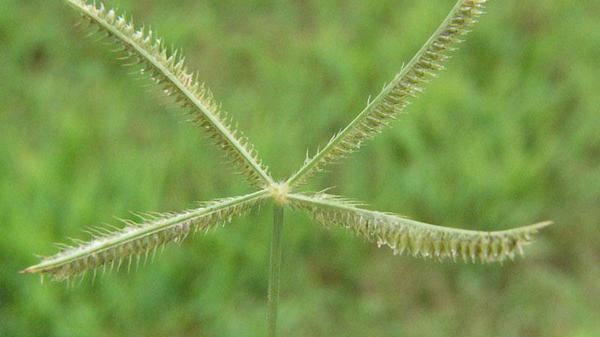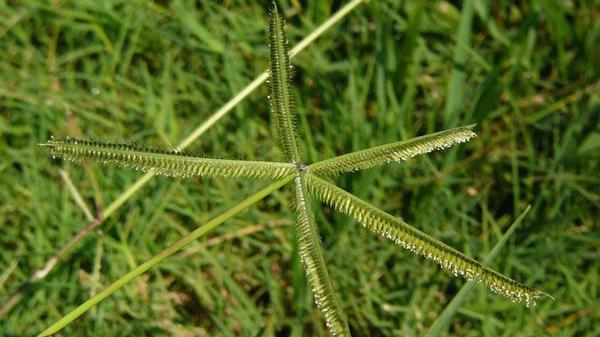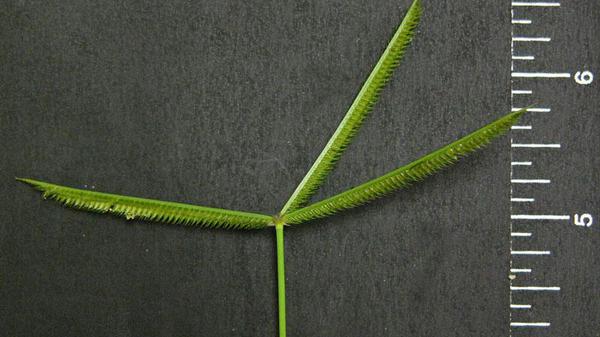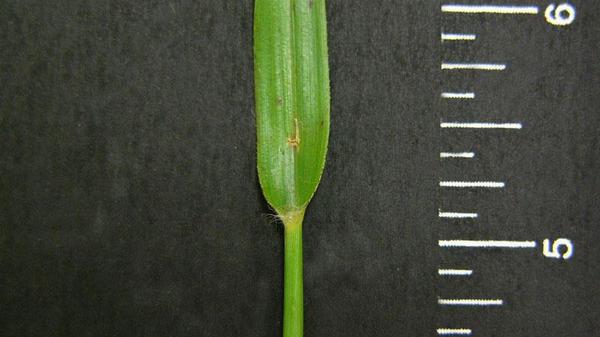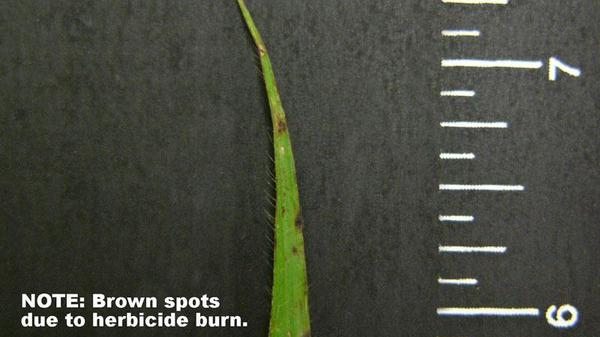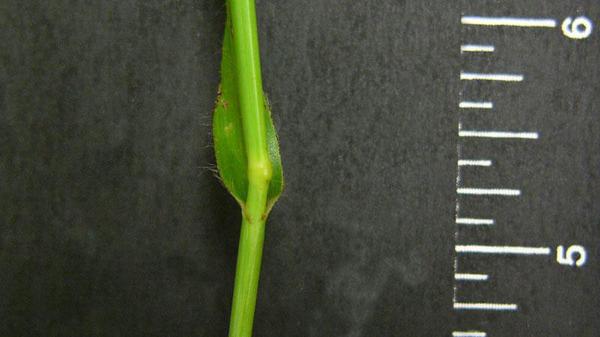Crowfootgrass
en Español / em Português
El inglés es el idioma de control de esta página. En la medida en que haya algún conflicto entre la traducción al inglés y la traducción, el inglés prevalece.
Al hacer clic en el enlace de traducción se activa un servicio de traducción gratuito para convertir la página al español. Al igual que con cualquier traducción por Internet, la conversión no es sensible al contexto y puede que no traduzca el texto en su significado original. NC State Extension no garantiza la exactitud del texto traducido. Por favor, tenga en cuenta que algunas aplicaciones y/o servicios pueden no funcionar como se espera cuando se traducen.
Português
Inglês é o idioma de controle desta página. Na medida que haja algum conflito entre o texto original em Inglês e a tradução, o Inglês prevalece.
Ao clicar no link de tradução, um serviço gratuito de tradução será ativado para converter a página para o Português. Como em qualquer tradução pela internet, a conversão não é sensivel ao contexto e pode não ocorrer a tradução para o significado orginal. O serviço de Extensão da Carolina do Norte (NC State Extension) não garante a exatidão do texto traduzido. Por favor, observe que algumas funções ou serviços podem não funcionar como esperado após a tradução.
English
English is the controlling language of this page. To the extent there is any conflict between the English text and the translation, English controls.
Clicking on the translation link activates a free translation service to convert the page to Spanish. As with any Internet translation, the conversion is not context-sensitive and may not translate the text to its original meaning. NC State Extension does not guarantee the accuracy of the translated text. Please note that some applications and/or services may not function as expected when translated.
Collapse ▲Description
Crowfootgrass (Dactyloctenium aegyptium) is an annual grassy weed of turf that roots at the nodes. It is characterized by its unique seedhead of 5 or more spikelets that radiate outwards, resembling a crow's foot.
Cultural Control
Summer annual grass weeds germinate from late March through July depending on location. They flower in summer and either die in the fall or are killed by frost. These weeds invade thin turf quite easily, so a year round turf management program is important to help prevent these weeds from becoming a problem. Winter weed control is especially important because when these weeds begin to die out in the spring, thin turf occurs where the weeds were located. As the turfgrass begins to grow in the spring, so do summer annual grass weeds. Seedlings will fill in the bare, or thin turf areas before the turfgrass can recover in the spring.
Species Data
- SEEDHEAD / FLOWER
- VERNATION TYPE
- LIGULE TYPE
- membranous with fringe of hairs
- GROWTH SEASON / LIFE CYCLE
- summer annual weed
- AURICLE TYPE
- absent
Figure 7
- absent
- LEAF BLADE TIP SHAPE
- row of hairs extending outward from the margin on lower portion of leaf blade
Figure 8
- row of hairs extending outward from the margin on lower portion of leaf blade
- LEAF BLADE WIDTH
- 0.08 - 0.35 inches (2 - 9 mm) wide
- STOLON PRESENCE
- absent
- RHIZOME PRESENCE
- absent
- COLLAR TYPE
- continuous
Figure 9
- continuous
- SHEATH MARGIN
- open;
Figure 10
- open;
- SHEATH TYPE
- flattened




